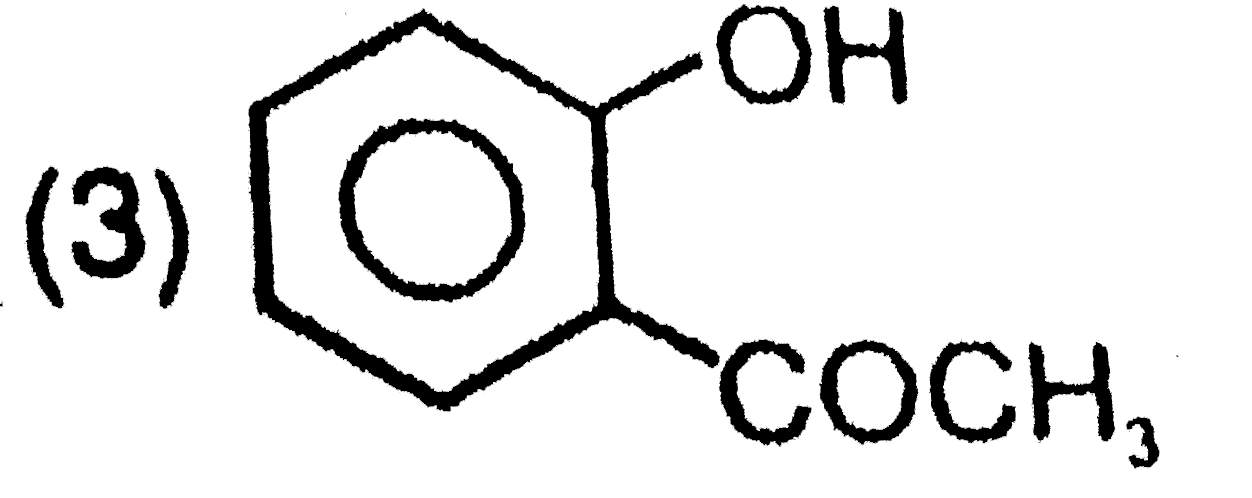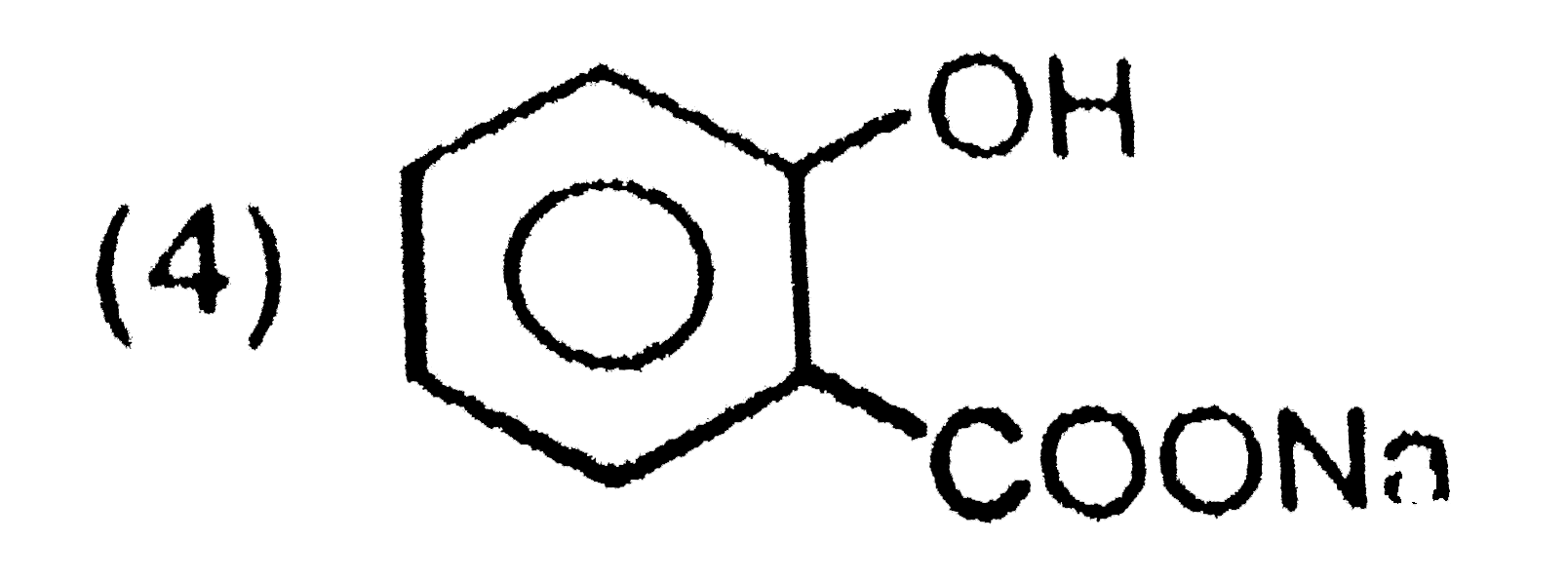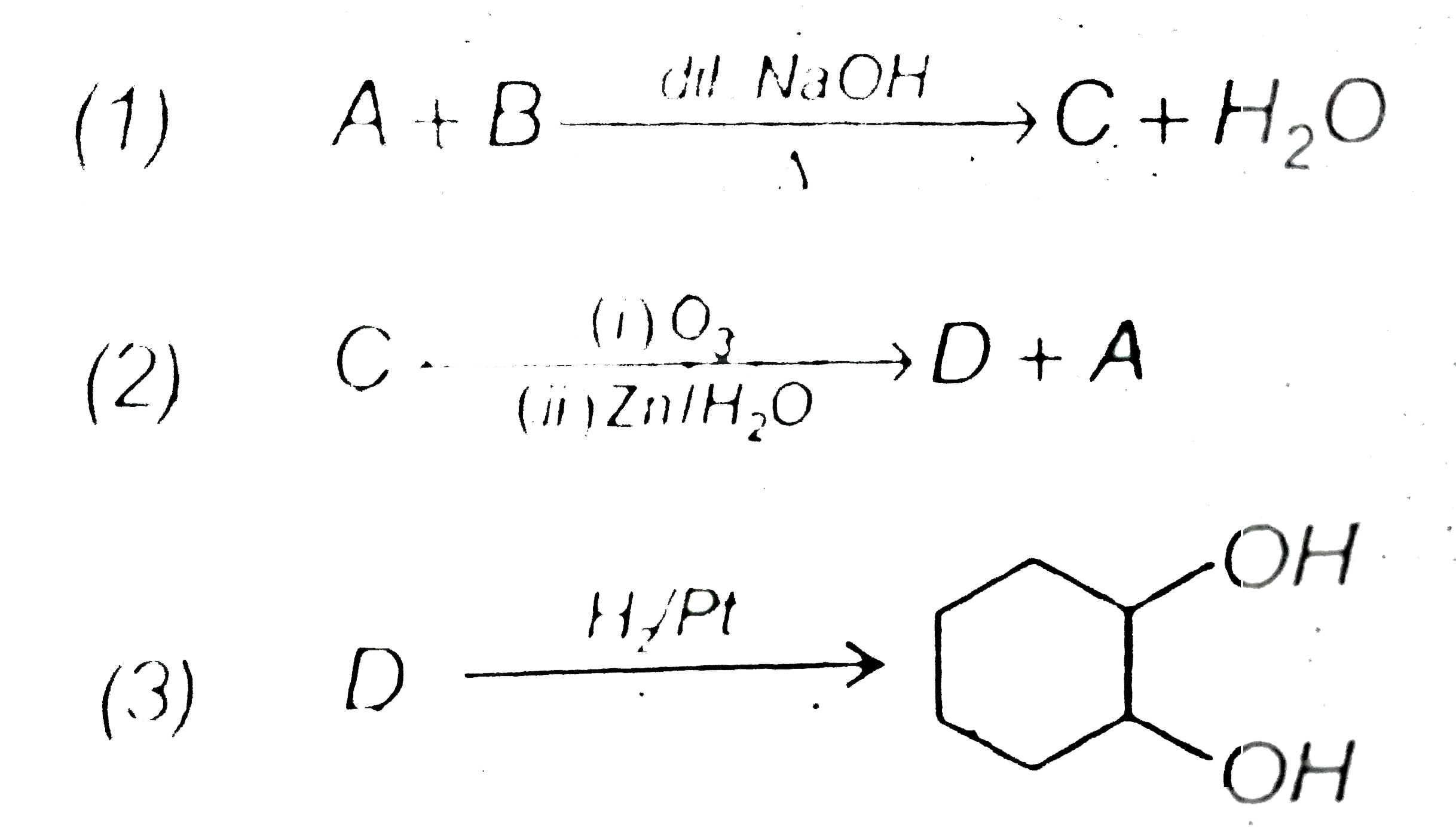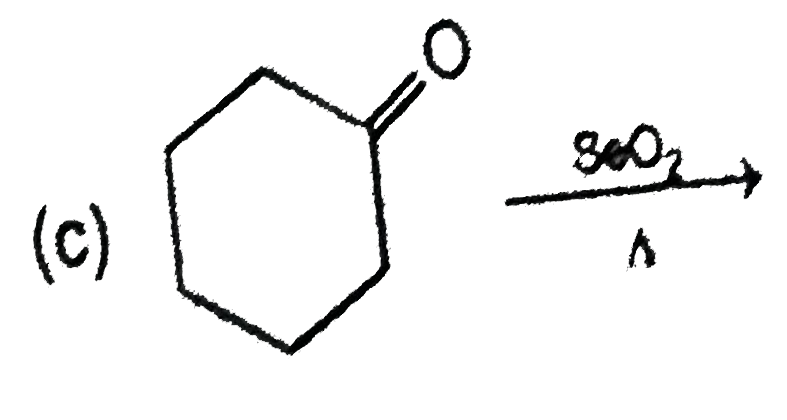Identify A,B,C,….. in the given reaction sequence .
D(i)NaOH←−−−−−−−−(ii)H+CP/Br2←−−−−−−excessCH3COOHSOCl2−−−→AR−−→CH3CHOdil. NaOH−−−−−−−→ΔB
To identify the compounds A, B, C, and D in the given reaction sequence, we will analyze each step of the reaction carefully.
1. Starting Material: The reaction begins with acetic acid, which is represented as:
CH3COOH
2. Reaction with SOCl₂: Acetic acid reacts with thionyl chloride (SOCl₂). This reaction converts acetic acid into acetyl chloride (A):
CH3COOH+SOCl2→CH3COCl+SO2+HCl
Thus, A = Acetyl Chloride (CH₃COCl).
3. Rosenmund Reaction: Acetyl chloride (A) is then subjected to the Rosenmund reaction in the presence of palladium on barium sulfate (Pd/BaSO₄) and hydrogen (H₂), which reduces it to acetaldehyde (B):
CH3COCl+H2Pd/BaSO4−−−−−−→CH3CHO+HCl
Thus, B = Acetaldehyde (CH₃CHO).
4. Aldol Condensation: Acetaldehyde (B) undergoes aldol condensation when treated with dilute NaOH and heated. The reaction involves the formation of a β-hydroxy aldehyde, which subsequently dehydrates to form an α,β-unsaturated aldehyde:
2CH3CHOdil. NaOH, heat−−−−−−−−−→CH3CH=CHCHO+H2O
Thus, the product after dehydration is C = Crotonaldehyde (CH₃CH=CHCHO).
5. HVZ Reaction: The acetic acid (starting material) undergoes the HVZ reaction (Hell-Volhard-Zelinsky reaction) with bromine (Br₂) in excess phosphorus (P), leading to the formation of α-bromoacetic acid (D):
CH3COOH+Br2P→BrCH2COOH
Thus, D = α-Bromoacetic Acid (BrCH₂COOH).
Summary of Identifications:
- A = Acetyl Chloride (CH₃COCl)
- B = Acetaldehyde (CH₃CHO)
- C = Crotonaldehyde (CH₃CH=CHCHO)
- D = α-Bromoacetic Acid (BrCH₂COOH)
CH3COOH
CH3COOH+SOCl2→CH3COCl+SO2+HCl
Thus, A = Acetyl Chloride (CH₃COCl).
CH3COCl+H2Pd/BaSO4−−−−−−→CH3CHO+HCl
Thus, B = Acetaldehyde (CH₃CHO).
2CH3CHOdil. NaOH, heat−−−−−−−−−→CH3CH=CHCHO+H2O
Thus, the product after dehydration is C = Crotonaldehyde (CH₃CH=CHCHO).
CH3COOH+Br2P→BrCH2COOH
Thus, D = α-Bromoacetic Acid (BrCH₂COOH).
- A = Acetyl Chloride (CH₃COCl)
- B = Acetaldehyde (CH₃CHO)
- C = Crotonaldehyde (CH₃CH=CHCHO)
- D = α-Bromoacetic Acid (BrCH₂COOH)
Similar Questions
Knowledge Check
In the given reaction sequence
CH3CHO(i)NaCN/HCl−−−−−−−−−−−−→(ii)H2O+(A)Fenton−−−−−−→reagent(B), B will beAAcetic acidBOxalic acidCPyruvic acidDCitric acid(i)CH3MgBr−−−−−−−−→(ii)H3O+(R)dil.NaOH−−−−−→(ii)Δ
Aproppane nitrileBethane nitrileCnitromethaneDmethyl isocyanateIn the following reaction sequence Y is,
PhOCOCH3AlCl3−−→Δ(X)I2−−−→NaOH(Y)APhCOONaBPHCOOHC D
D
In the given reaction (X) and (Y) will respectively be :
X+YNaOH−−−→5∘CCH3−OH∣CH−C∣CH3H−CHO
View SolutionIdentify A-D in the following reactions .

(1) A+BdilNaOH−−−−−→ΔC+H2O
(2) CdilNaOH−−−−−−−→(ii)Zn/H2OD+A
(3)
View SolutionMe−CH2−CH2OHKMnO4/H+−−−−−−−−→(A)RedP+Br2−−−−−−→(B)NH3−−−−−→(excess)(C)
Then :
View SolutionIn the given reaction sequences the final product 'C' is
CH3−CH2−OH(i)KMnO4/−OH/Δ−−−−−−−−−−−−−−−→(ii)H2O+(A)(i)SOCl2−−−−−−−−→(ii)NH3(B)Br2/KOH−−−−−−→(C)
View SolutionIn the reaction sequence
CH3−O∣∣C−H−HCN−−−→.ΘOH(A)H2O/⊕H−−−−→Δ Product is/are :
View Solution
